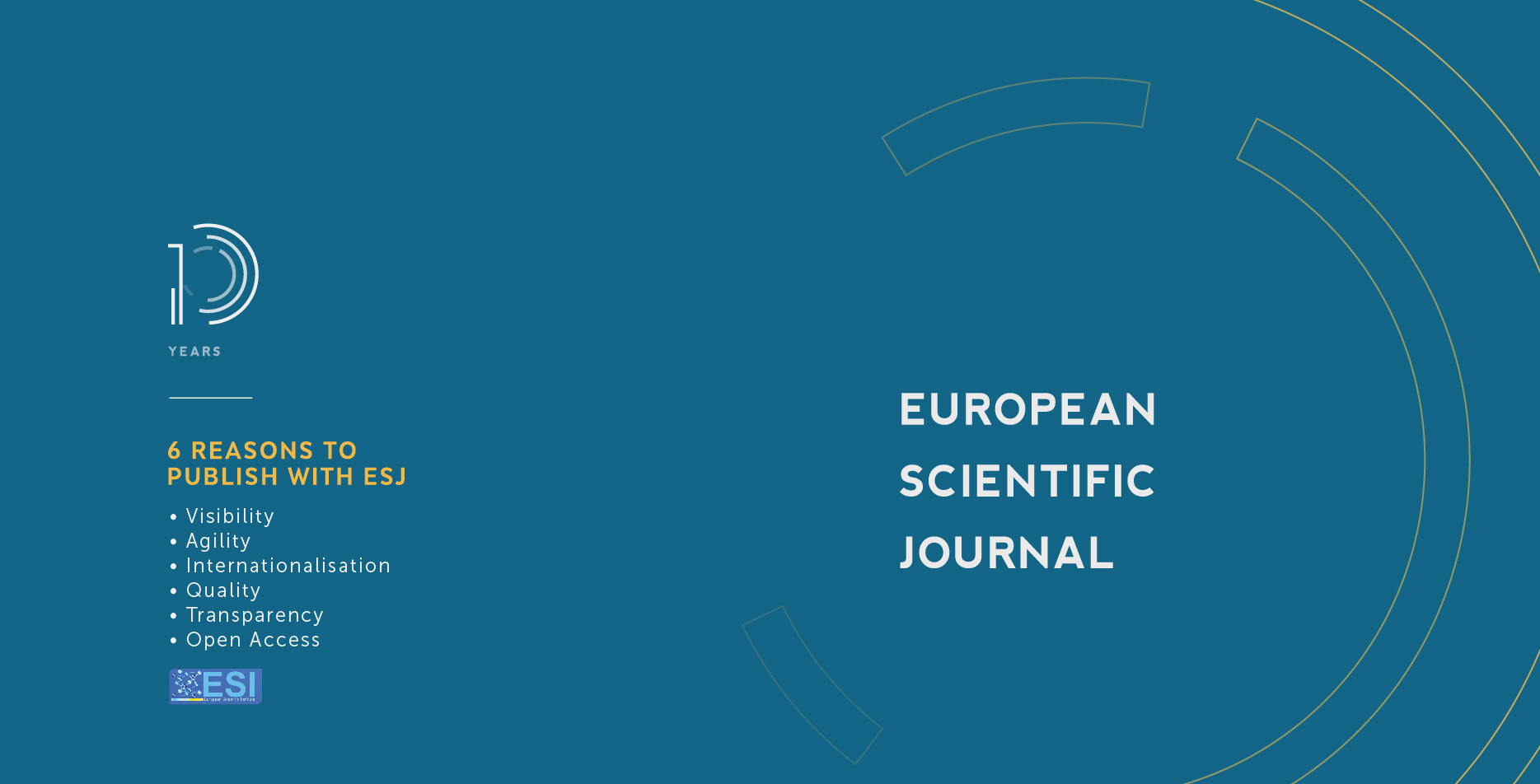Gestion Des Dmards Conventionnels Dans La Polyarthrite Rhumatoïde Au Bénin : Quid De La Biothérapie
Abstract
Objectif : Evaluer la gestion et l’efficacité des DMARDs conventionnels chez les patients souffrant de PR au Bénin. Patients et Méthode : Etude transversale et analytique portant sur les patients suivis pour une PR et traitée par DMARDs. Le diagnostic de PR a été retenu sur la base des critères EULAR/ACR 2010. Les données recueillies ont été analysées grâce au logiciel SPSS17.0 Résultats : 156 patients souffrant de PR ont été évalués. L'âge moyen des patients était de 44,6 ± 14,1 [15-69] ans et le sex- ratio était de 0,14. Le facteur rhumatoïde était présent chez 88%, les anticorps anti-CCP étaient présents chez 69.20%. L’âge moyen de début de la maladie était 32,7 ± 7.03 [18-50]. La durée moyenne d’évolution était de 10,3 ± 7,1 [0,5-25] ans. Le DAS28 moyen au début était 5,71± 2.04. Au plan radiologique, le score moyen de Larsen était de 38,55 ± 16,94. La dose moyenne de Prednisone était de 15 mg/jour. Les DMARDs utilisés étaient : Méthotrexate 15 à 20mg/semaine (150 cas), le léflunomide (6 cas), la salazopyrine 2g/j (27cas), hydroxychloroquine 400 mg / jour (24 cas). A 24 mois, le DAS28 moyen était de 3, 91±2,01 et 23,7% des patients avaient une PR active. Conclusion : La disponibilité des DMARDs pose un problème dans notre pays. Leur utilisation rationnelle associée à une faible dose de prednisone permet d’épargner aux patients une biothérapie dont le coût reste hors de la portée des patients de notre pays à faible revenu.
Aim: To evaluate the management and efficacy of conventional DMARDs in RA patients in Benin. Patients and Method: Transversal and analytical study of patients followed for RA and treated with DMARDs. The diagnosis of RA was selected on the basis of EULAR/ACR 2010 criteria. The data collected were analysed using SPSS17.0 software. Results: 156 RA patients were evaluated. The mean age of the patients was 44.6 ± 14.1 [15-69] years and the sex ratio was 0.14. The mean age of the patients was 44.6 ± 14.1 [15-69] and the sex ratio was 0.14. Rheumatoid factor was present in 88%, anti-CCP antibodies were present in 69.20%. The mean age of disease onset was 10.3 ± 7.1 [0.5-25] years. The mean time to progression was 8.9 ± 7.7 [1-30]. The mean DAS28 at onset was 5.71± 2.04 [1-30]. Radiologically, the mean feedback score was 38.55 ± 16.94 [1-30]. The mean dose of Prednisone was 15 mg/day. The DMARDs used were: methotrexate 15-20 mg/week (150 cases), leflunomide (6 cases), salazopyrin 2g/day (27 cases), hydroxychloroquine 400 mg/day (24 cases). At 24 months, mean DAS28 was 3.91±2.01 and 23.7% of patients had active RA. Conclusion: Availability of DMARDs is a problem in our country. Their rational use associated with a low dose of prednisone saves patients from biotherapy, the cost of which remains out of reach for low-income patients in our country.
Downloads
Metrics
PlumX Statistics
Copyright (c) 2020 Zomalhèto Zavier, Assogba Calixte, Dossou-yovo Hilaire

This work is licensed under a Creative Commons Attribution-NonCommercial-NoDerivatives 4.0 International License.








